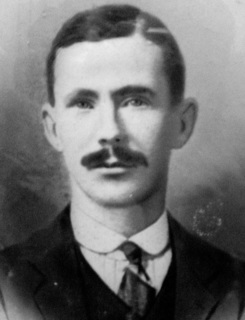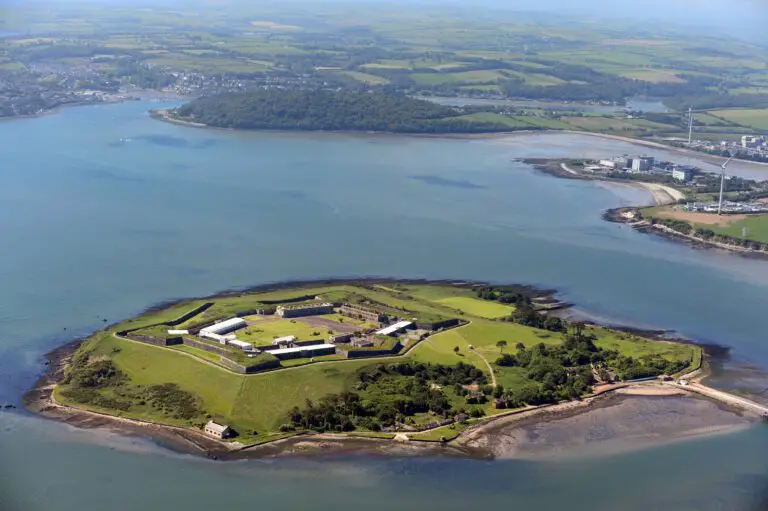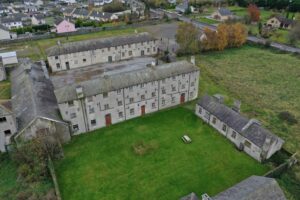*Spike Island.
A NEW book on the history of Spike Island has revealed its connection to the Banner county including the infamous murder of Meelick’s Patrick White, who was killed while playing hurling in the prison yard.
The island’s remarkable history goes back 1,300 years and is shared in John Crotty’s title – Spike Island, the rebels, residents and crafty criminals of Ireland’s historic island, published by Merrion Press.
Spike Island continued to operate as a prison until 2004 however, its first prisoners arrived in the 1600s, with residents of Clare likely among the prisoners of war of Oliver Cromwell. All who fought for the Irish Catholic Confederates against Cromwell faced transportation overseas to the American colonies and Caribbean islands, being held on Spike Island first.
The second prison which opened in 1847 as the Irish famine raged is the most well-known, becoming the largest prison in the world by 1853. Over 2,400 crammed its cells.
Newspapers regularly carried reports of transfers from Ennis Gaol to Spike Island, such as an 1850 report including the names James Hurley, John Minogue, Michael McNamara, Patt McMahon and Martin Ryan.
John Burke of Clare arrived to the island in 1850 for burglary, receiving ten years transportation. Michael Brogan joined him having stolen a cow in 1847, a not uncommon crime in the midst of a desperate famine. He survived the island at least, which was not always the matter of course it should have been. Some 1,000 inmates died in the first seven years of its overcrowded operation. Daniel Sullivan of Clare had also stolen a cow but survived just two years in the penal system, dying on Spike Island in 1851.
As the famine subsided there were less arrivals for crimes of survival. Patrick Tierney of Ennis arrived as a convicted Fenian following an attack on a spy. He gave a false name to protect his colleagues and endured over a decade of hard time, with the worst of Spike Island’s harsh treatment reserved for those who fought the Crown. Eventually discovering his location, his sister found a mortally weakened Tierney who was given compassionate release. The island had done its work and he survived just four years outside, passing away aged just 40 in New Haven having been forced to emigrate as part of his release.
Not all crimes were quiet so serious but had serious consequences. Young Michael Cotter was just 17 when he received seven years transportation for the crime of sacrilege in 1849. He died in Ennis convict depot in 1852 before seeing Spike Island or a foreign shore.
In 1921 another prison opened, this time holding Irish Republicans engaged in the War of Independence and soon Spike Island swelled with 600 Republicans at any one time in an eventful eight-month spell. Among them were several men transferred from Ennistymon including Michael Clair, Martin Considine, Thomas Ryan of Labasheeda, John J Neylon of Kilfenora, Michael Roche, Thomas Shalloo of Ennistymon, and Dr John Holmes of Scariff.

The most famous Clare inmate held on Spike Island was Patrick White of Meelick, who was tragically killed by a British Officer in May 1921 while playing hurling in the yard. The sliotar had gone out of bounds into the wire and when Patrick went to retrieve it. The watching sentry raised his gun and shot him without warning, alleging he was following orders to shoot anyone interfering with the wire. The truth emerged and was recorded in the witness statement of fellow Spike internee Richard O’Connell. An IRA bomb had been detonated in nearby Youghal that morning, killing several and wounding dozens of the Hampshire Regimental Band as they marched. Patrick White’s death appears to have been an opportunistic revenge killing by an angry soldier. O’Connell stated the guards mocked the Republicans as they prayed over his body.











